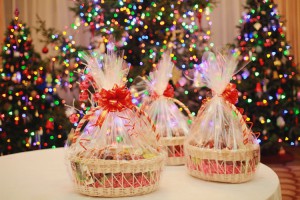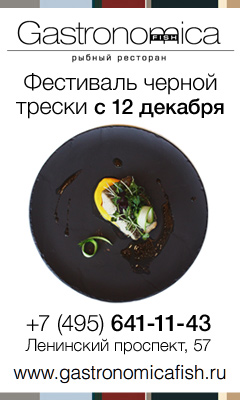The Russian veterinary watchdog Rosselkhoznadzor may ban imports of beef from Australia starting January 15 due to the detection of trenbolone, a steroid used to increase muscle growth in livestock, which is banned in Russia.
“The Australian veterinary service has time before January 15 to review the lists of suppliers to Russia and exclude those using trenbolone from them,” Rosselkhoznadzor chief Sergei Dankvert told Interfax. “If this is not done and the Australian veterinary service continues to simply sign veterinary certificates, we will have to limit beef imports from all enterprises that are on the list of suppliers to Russia,” Dankvert said. This measure will primarily concern suppliers of chilled beef, which is considered a higher-risk product, he said.
What makes the situation more complicated is that, in addition to trenbolone-containing meat discovered earlier, new such cases have been revealed lately, Dankvert said. “In addition to two companies that were earlier found to export meat containing the growth stimulant, two more have joined now,” Dankvert said, adding that beef imports from Australia are under Rosselkhoznadzor’s special control.
“The enterprises caught [on using trenbolone] will be deprived of the right to ship meat to Russia, but if such discoveries become massive, protection measures will be different,” he said.
Australia is among major beef suppliers to Russia. The list of beef exporters includes 47 enterprises, and imports to Russia from 8 of them have been banned for various reasons.

